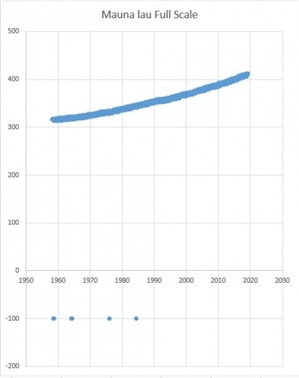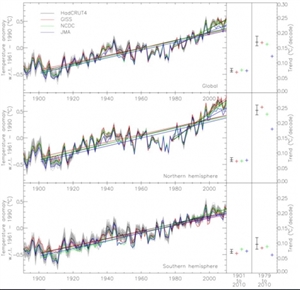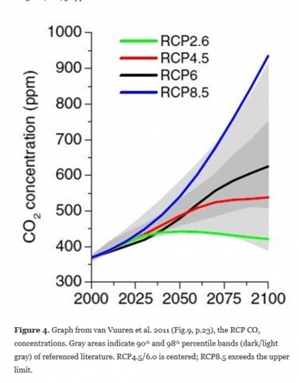How many?
https://www.dailymail.co.uk/money/cars/article-7150191/London-need-50-000-public-electric-car-chargers-2025.html
Z.







mapj1:
It would be a more convincing direction of travel if we could first manage to finish electrifying the railways ...
We're about to take you to the IET registration website. Don't worry though, you'll be sent straight back to the community after completing the registration.
Continue to the IET registration site